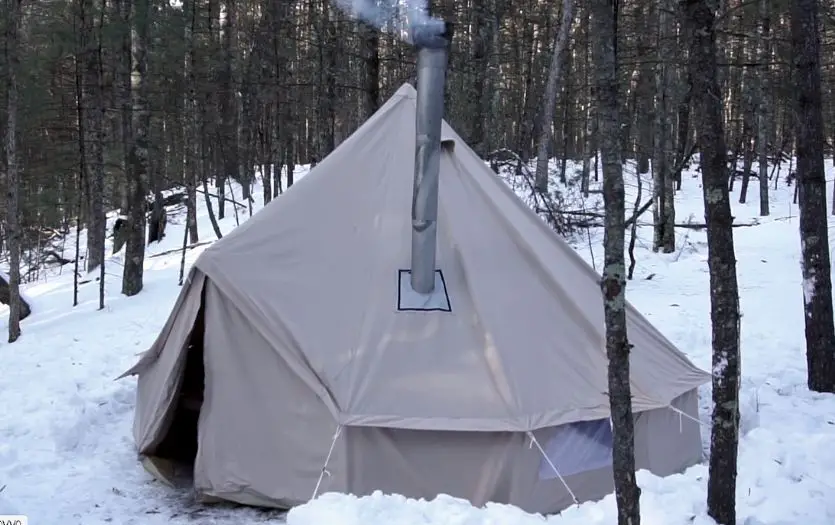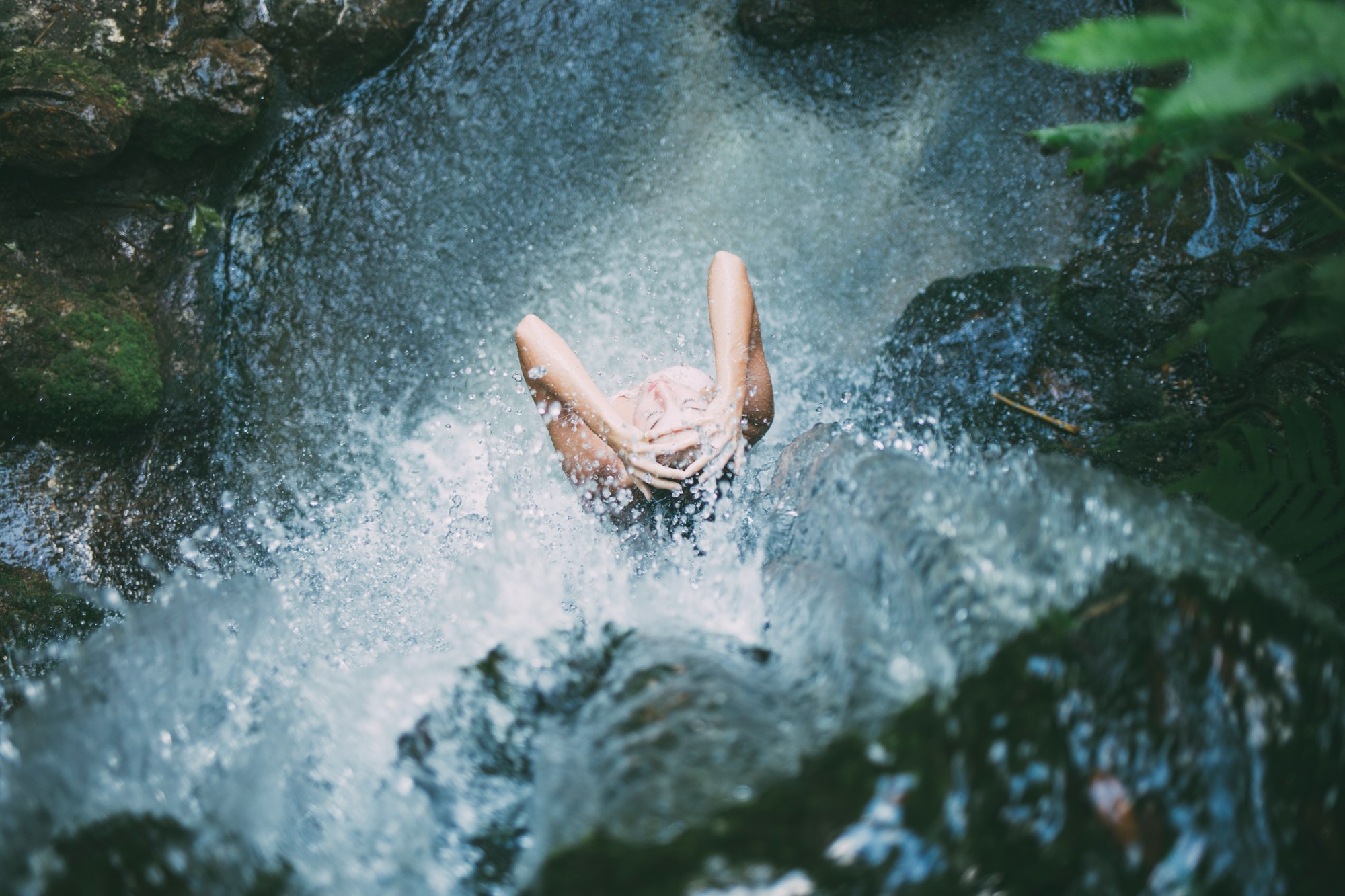How to Boil Water While Camping
Learn how to boil water while camping with this step-by-step guide. From campfires to camping stoves, we cover all the different ways to get the job done in a simple and efficient way.
Boiling water is an essential skill for any outdoors person. Whether you're trying to purify water from a natural source or simply make coffee in the morning, knowing how to boil water is key.
But if you're new to camping, it can be hard to know where to start. In this post, we'll go over all the different ways you can boil water while camping, as well as some tips and tricks, to make sure you do it safely.
Why is Access to Clean Water Important While Camping?
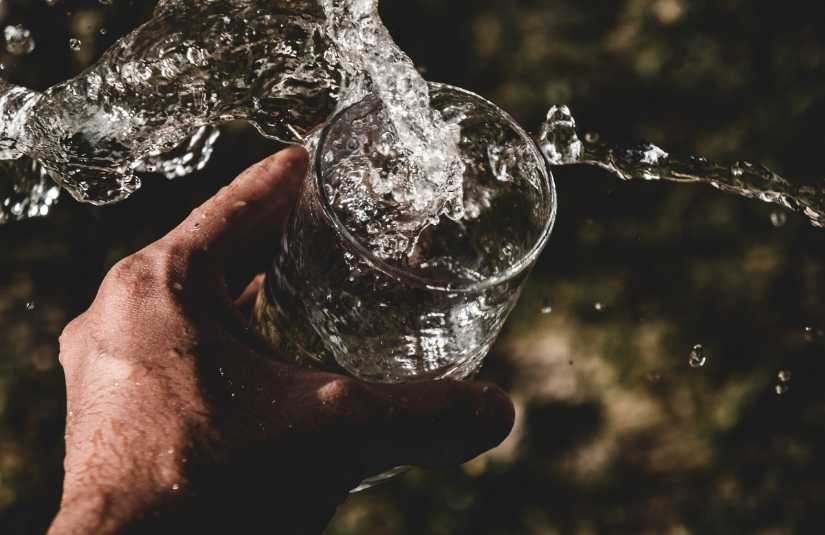
Before discussing how to boil water, let's first understand the significance of having access to clean water during outdoor activities and its diverse applications.
Health Benefits of Clean Water
Staying hydrated is crucial for maintaining optimal bodily functions, especially when engaging in physical activities like hiking or setting up camp. Consuming clean water replenishes lost fluids, aids digestion, and helps regulate body temperature. Moreover, it can prevent dehydration, which may lead to fatigue, dizziness, and even more severe consequences if left untreated.
Risks of Consuming Contaminated Water
Untreated water from natural sources like rivers, streams, or lakes may contain harmful microorganisms, such as bacteria, viruses, and parasites. Consuming contaminated water can result in waterborne illnesses like diarrhea, nausea, and vomiting.
This can be particularly dangerous if you are survival camping in remote locations with limited access to medical assistance. Therefore, it's essential to treat water before consumption to reduce the risk of waterborne diseases.
Uses of Clean Water in Camping
Apart from drinking, clean water plays a vital role in various camping activities:
- Cooking: Boiling water is often used for preparing meals, like rehydrating freeze-dried food or cooking pasta. Using clean water ensures that your food is safe to eat and free from contaminants.
- Hygiene: Maintaining personal hygiene is crucial for a comfortable camping experience. Clean water is necessary for washing hands, brushing teeth, and cleaning dishes and cookware.
- First Aid: In case of injuries, clean water is required for washing wounds to prevent infection.
By understanding the importance of clean water and treating it before consumption, you can enjoy a worry-free camping experience and focus on making lasting memories in the great outdoors.
Methods for Boiling Water While Camping
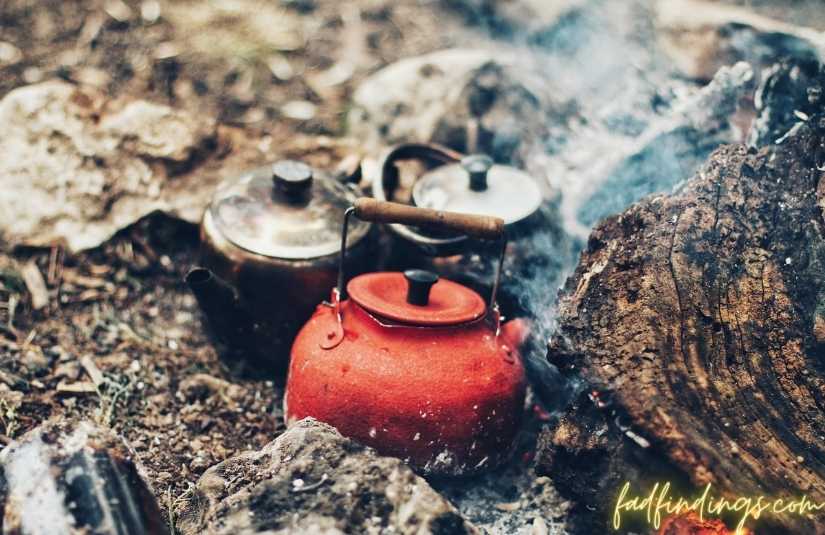
There are a few different methods you can use to boil water while camping. The best method for you will depend on what type of camping gear you have and what kind of fuel is available.
Using a camp stove.
If you have a propane or butane camp stove, simply turn it on and set a pot of water on top of the burner. Most camp stoves will have a simmer setting which will help prevent the water from boiling over. Be sure to keep an eye on the pot, though, as water can come to a boil surprisingly quickly.
If you have a proper winter tent, you can also get a tent stove and use it safely to boil water, even when you are inside your tent. For backpacking, lightweight stoves like the Jetboil Minimo or Solo Stove Lite are the ideal choices.
Using a solar kettle.
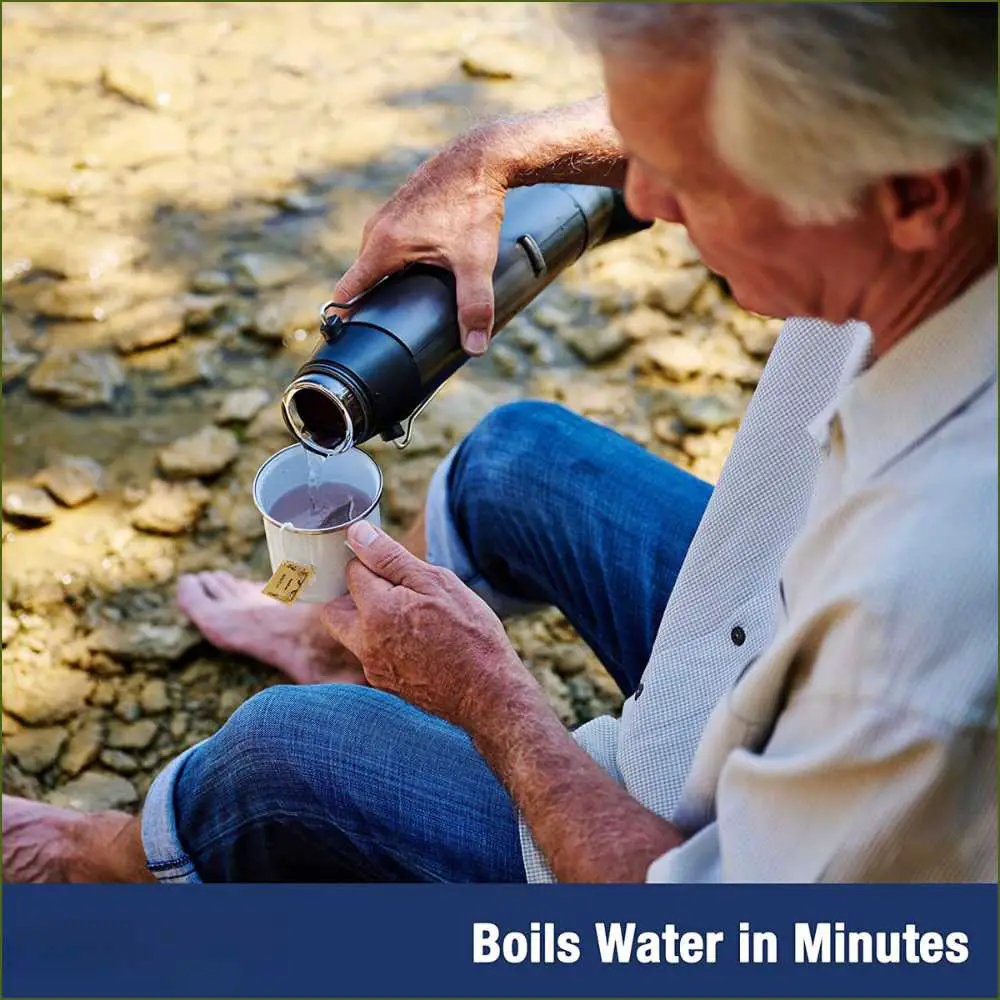
Solar kettles are great because they don't require any fuel - they rely on the power of the sun to heat up the water. Just fill up the solar kettle with water and set it in direct sunlight for a few hours. The downside of this method is that it can be slow, so it's not ideal if you're trying to get your morning coffee fix ASAP.
On a Campfire
If you're in a real pinch and don't have access to any fancy equipment, you can always boil water over an open fire. Just set a pot or pan of water on top of some hot coals and wait for it to come to a boil. You can also use stands and grates for more efficient boiling.
This method is probably the most low-tech way to do it, but it's also the most likely to result in scalding yourself or losing half your water supply to evaporation, so use it with caution as campfires can be really hot!
Other Creative Methods to Boil Water While Camping
Camping enthusiasts are always on the lookout for innovative ways to make their outdoor experience more enjoyable and efficient. Boiling water is a fundamental task while camping, and here are some other creative alternatives you can consider.
Kelly Kettle
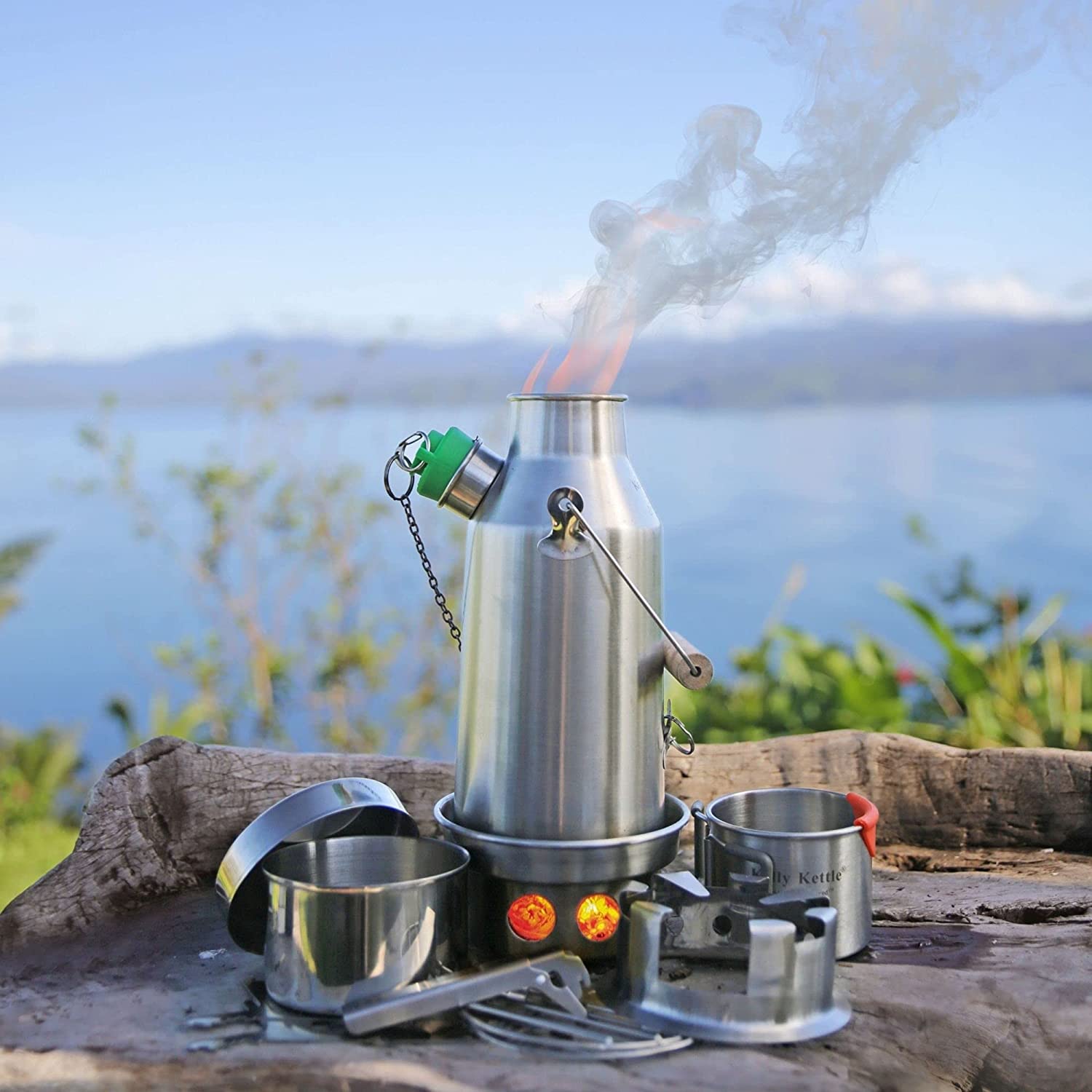
The Kelly Kettle is a unique, wood-burning device designed to boil water rapidly using twigs, leaves, or other natural materials as fuel. Its double-walled construction creates an efficient burn, making it a perfect option for eco-conscious campers. To use a Kelly Kettle:
- Set up the kettle on a flat, fireproof surface.
- Fill the kettle's chamber with water, ensuring the inner wall remains empty.
- Build a small fire in the base using twigs and leaves.
- Place the kettle on the base, allowing the flames to pass through the center.
- Keep an eye on the water, and remove the kettle from the base once it's boiling.
Hot Rocks Technique
The hot rocks technique is an ancient method of heating water by placing heated stones into a container filled with water. This method requires only a fire source and appropriately-sized rocks.
- Start by building a small fire using dry twigs and leaves.
- Select a few medium-sized, non-porous rocks (avoid rocks with moisture or from riverbeds, as they may explode when heated).
- Place the rocks in the fire and let them heat up for about 20-30 minutes.
- Carefully remove the heated rocks using sticks or tongs and place them into a container filled with water.
- The water will start to heat up and eventually reach a boiling point. Replace the rocks if necessary to maintain the heat. Check out the video below to understand this:
Portable Solar Oven
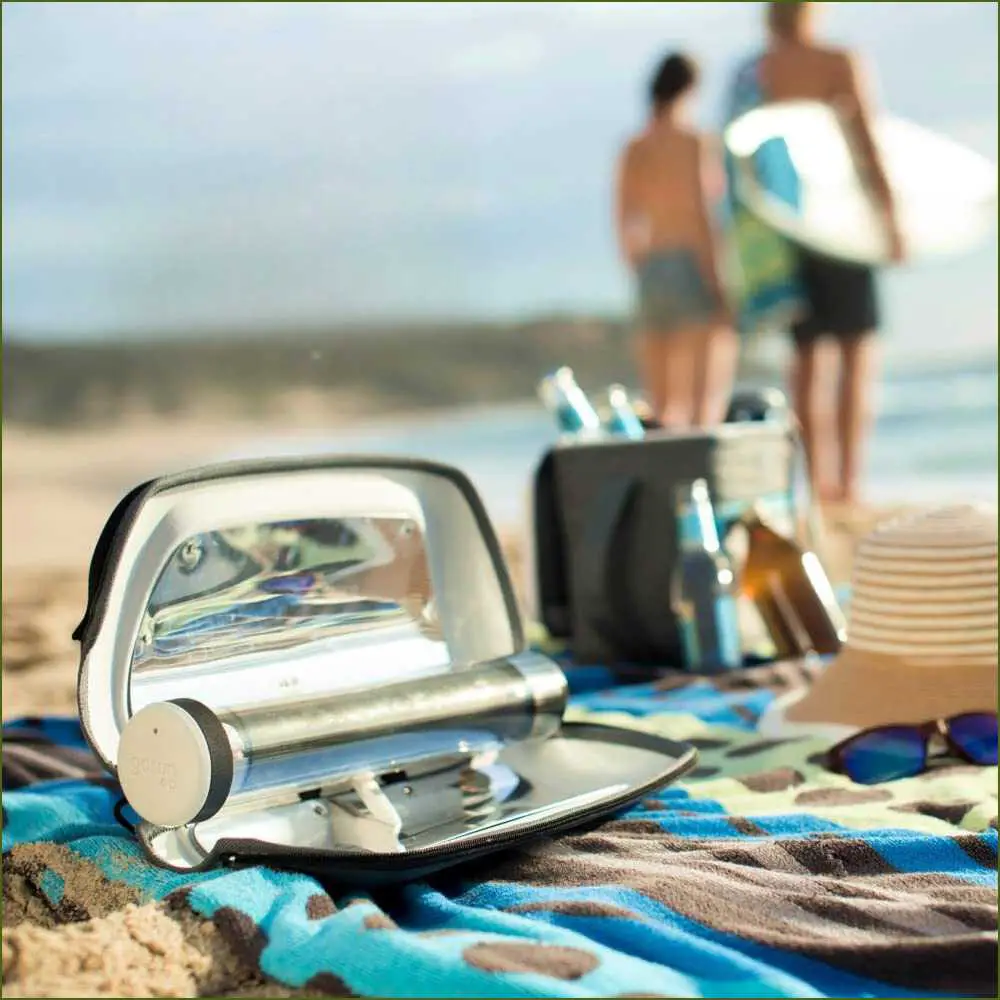
Solar ovens are an excellent eco-friendly option to boil water while camping. These devices use the power of the sun to cook food and boil water without consuming any fuel or electricity. To use a solar oven:
- Set up the oven on a flat surface in direct sunlight.
- Fill the provided pot with water and place it inside the oven.
- Close the lid of the oven to maximize heat retention.
- Allow at least an hour for the water to boil, depending on how strong the sunlight is.
- Once boiling, be sure to use effective safety precautions when handling hot water.
Boiling in Bamboo
If you have access to bamboo while camping, you can use it as a natural container for boiling water over a fire.
- Cut a section of bamboo that is sealed at one end and open at the other, ensuring there are no cracks or leaks.
- Fill the bamboo section with water and place it near the edge of a campfire, ensuring it's tilted slightly upward to prevent water from spilling out.
- Monitor the water closely, and it should eventually reach a boil.
If you're camping in the wild, boiling water isn't the only thing you can do with bamboo - you can also use it to cook delicious meals. Check out this helpful video to understand better:
By learning these creative methods for boiling water with limited resources, you'll be well-prepared for any camping situation. Remember to prioritize safety and adapt your approach based on the available materials and environmental conditions.
Safety Tips for Boiling Water While Camping
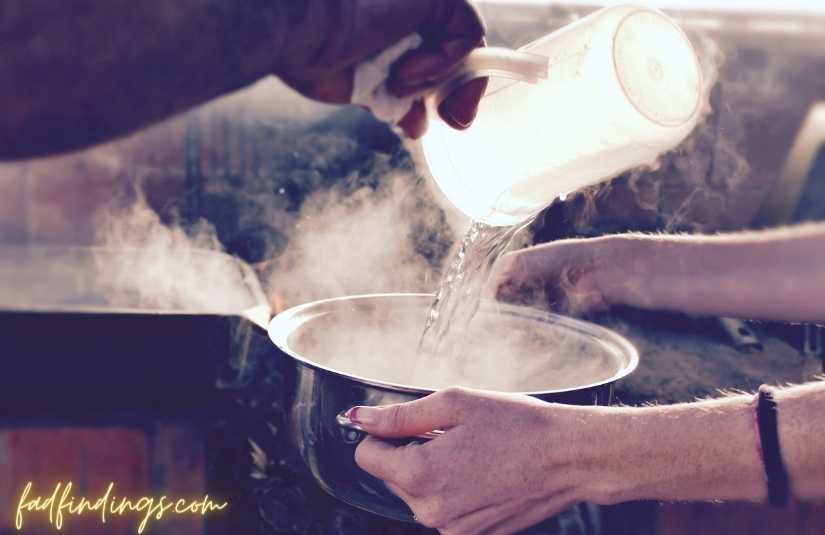
Now that we've gone over some methods for boiling water while camping, let's talk about safety. Whenever you're dealing with fire and hot liquids, there's always potential for danger, so it's important to take some precautions.
1. Choose a Stable Surface
Selecting a stable and flat surface for your camping stove or campfire is vital to prevent tipping or spillage of boiling water. Make sure the area is free from any flammable materials, such as dry leaves or twigs, to reduce the risk of fire hazards.
2. Maintain a Safe Distance
When boiling water, maintain a safe distance between yourself and the heat source to avoid burns or injuries. Keep children and pets away from the boiling area and ensure that everyone remains cautious of their surroundings at all times.
3. Use Heat-Resistant Gloves
Handling hot cookware or adjusting the stove can be dangerous without proper protection. Invest in a pair of heat-resistant gloves or use a pot holder when touching hot surfaces. This precaution will help prevent burns and make it easier to handle boiling water safely.
4. Ensure Proper Ventilation
If you're using a gas-powered camping stove, make sure there's adequate ventilation in the area to prevent the buildup of harmful gases like carbon monoxide. Set up your stove in an open space, away from enclosed tents or shelters, to allow for proper air circulation.
5. Use a proper utensil
When boiling water over an open fire, be sure to use a pan or pot that's made of suitable materials for open fires like stainless steel or cast iron - nothing made of plastic or other synthetic materials.
6. Keep a Lid on It
Using a lid on your pot or kettle while boiling water not only speeds up the process but also helps prevent accidental spills. A lid can also reduce the risk of debris or insects falling into the water, ensuring cleanliness.
7. Monitor the Process
Always keep an eye on the water as it boils to avoid overboiling or overflowing. Being attentive during the boiling process can help you react promptly in case of any issues, such as adjusting the heat or removing the pot from the stove.
Finally, when pouring hot water from your pot, be careful not to splash yourself or anyone else - remember that boiling water can cause serious burns!
Alternative Water Purification Methods While Camping
When camping, it is important to have access to clean drinking water. Boiling water is one of the most common methods used to purify water while camping, however there are other ways to ensure that your drinking water is safe.
Using a filter.
Filters come in many shapes and sizes, from portable straw filters small portable filters that can be attached to a bottle or canteen, to larger filters that can be used for larger groups of people.
Filters work by trapping particles such as dirt and bacteria in their pores, which prevents them from entering the drinking water. Some filters also contain activated carbon which helps remove chemicals such as chlorine and heavy metals from the water.
Chemical treatment.
This method involves adding chemicals such as iodine or chlorine tablets into the water which kills any bacteria present in the water. This method works best when combined with filtration as it removes any remaining particles that may not have been caught by the filter.
UV Treatment
Ultraviolet (UV) light can also be used to purify drinking water while camping. UV light works by killing any bacteria present in the water, making it safe for consumption. Portable UV light systems are available which make this method ideal for campers who don't want to lug around bulky filtration systems or carry around bottles of chemicals with them on their trip.
No matter what method you choose for purifying your drinking water while camping, it's important to remember that all methods should be used in combination with each other for maximum effectiveness and safety.
Conclusion
As long as you take some basic safety precautions, boiling water while camping is really not that difficult - just choose the method that works best for you based on what type of equipment and fuel you have available. With a little practice, you'll be able to boil up whatever you need in no time flat!
And if you're looking for an easy and efficient way to boil water while camping, the best possible way is to carry a tent stove. To make your job easier, we have handpicked the best camp stoves for you available on the market. Check out our top camp stoves now and pick one for yourself!

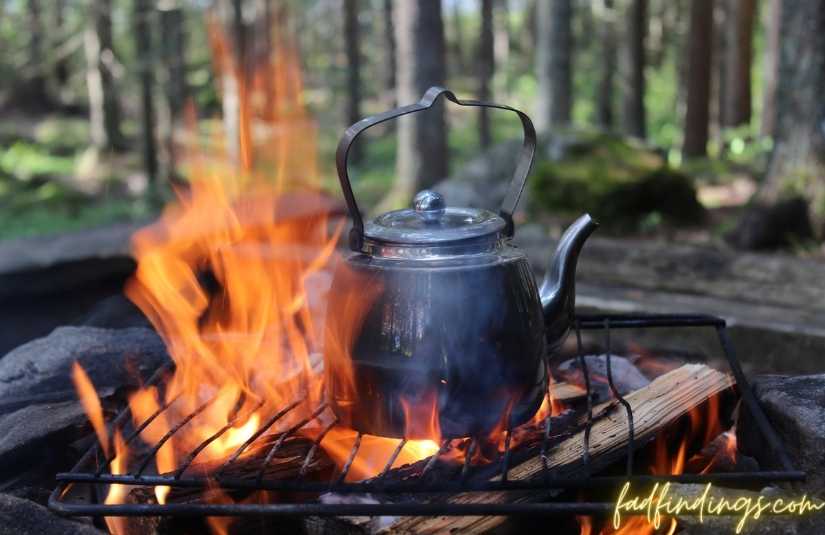
Also, check out some of our other quick reads:
